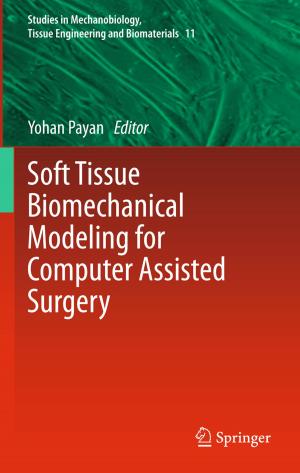Swimming Physiology of Fish
Towards Using Exercise to Farm a Fit Fish in Sustainable Aquaculture
Nonfiction, Science & Nature, Science, Biological Sciences, Zoology| Author: | ISBN: | 9783642310492 | |
| Publisher: | Springer Berlin Heidelberg | Publication: | August 30, 2012 |
| Imprint: | Springer | Language: | English |
| Author: | |
| ISBN: | 9783642310492 |
| Publisher: | Springer Berlin Heidelberg |
| Publication: | August 30, 2012 |
| Imprint: | Springer |
| Language: | English |
In light of mounting fishing pressures, increased aquaculture production and a growing concern for fish well-being, improved knowledge on the swimming physiology of fish and its application to fisheries science and aquaculture is needed. This book presents recent investigations into some of the most extreme examples of swimming migrations in salmons, eels and tunas, integrating knowledge on their performance in the laboratory with that in their natural environment. For the first time, the application of swimming in aquaculture is explored by assessing the potential impacts and beneficial effects. The modified nutritional requirements of “athletic” fish are reviewed as well as the effects of exercise on muscle composition and meat quality using state-of-the-art techniques in genomics and proteomics. The last chapters introduce zebrafish as a novel exercise model and present the latest technologies for studying fish swimming and aquaculture applications.
In light of mounting fishing pressures, increased aquaculture production and a growing concern for fish well-being, improved knowledge on the swimming physiology of fish and its application to fisheries science and aquaculture is needed. This book presents recent investigations into some of the most extreme examples of swimming migrations in salmons, eels and tunas, integrating knowledge on their performance in the laboratory with that in their natural environment. For the first time, the application of swimming in aquaculture is explored by assessing the potential impacts and beneficial effects. The modified nutritional requirements of “athletic” fish are reviewed as well as the effects of exercise on muscle composition and meat quality using state-of-the-art techniques in genomics and proteomics. The last chapters introduce zebrafish as a novel exercise model and present the latest technologies for studying fish swimming and aquaculture applications.















